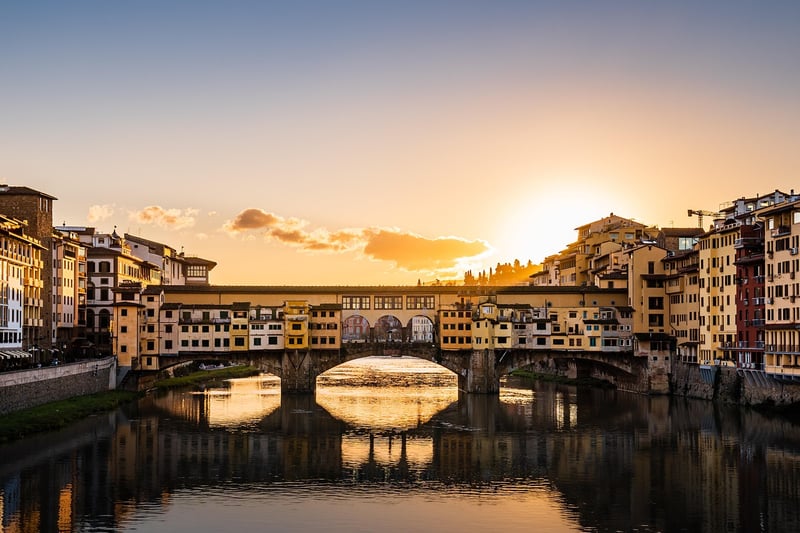Renaissance Italy
Exploring Renaissance Italy: A Journey Through History
Welcome to a captivating journey through the Renaissance period in Italy, a time of cultural rebirth, artistic flourishing, and intellectual enlightenment. Join us as we delve into the rich history, vibrant art, and architectural marvels that define this extraordinary era.
The Renaissance in Italy
The Renaissance, meaning "rebirth," spanned roughly from the 14th to the 17th century and had its epicenter in Italy. It marked a significant shift from the medieval period to a time of renewed interest in art, literature, science, and humanism.
Art and Artists
Italian Renaissance art is renowned for its realism, perspective, and attention to detail. Masters like Leonardo da Vinci, Michelangelo, and Raphael created timeless works that continue to inspire and awe viewers to this day.
Leonardo da Vinci
Leonardo da Vinci, known for his iconic paintings like the Mona Lisa and The Last Supper, was a true Renaissance man. His interests ranged from painting and sculpture to anatomy, engineering, and invention.
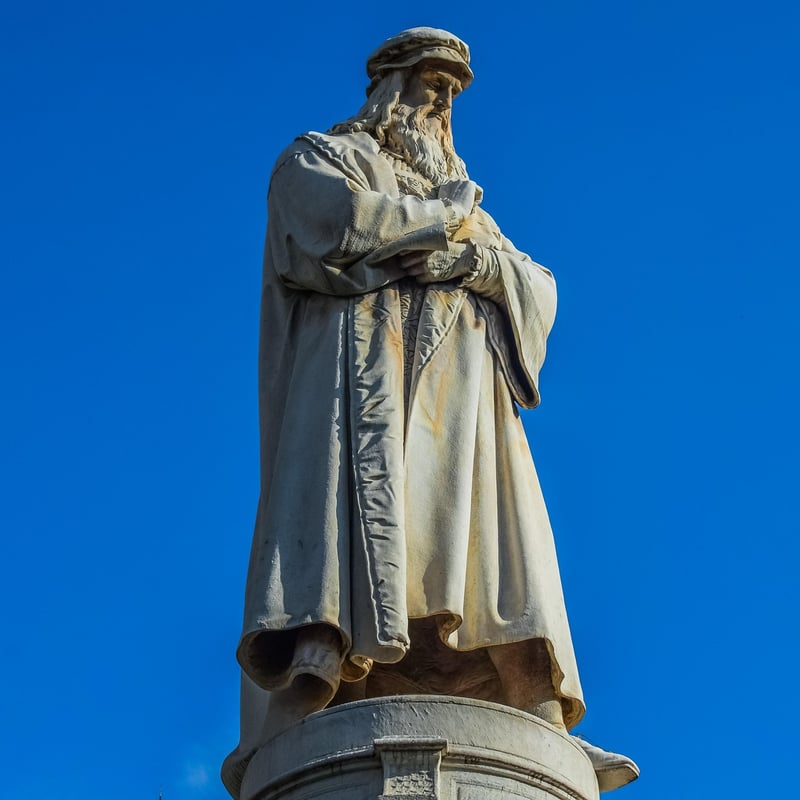
Michelangelo
Michelangelo Buonarroti, famous for his sculptures like David and the ceiling of the Sistine Chapel, was a master of marble and a visionary artist whose creations embody the spirit of the Renaissance.
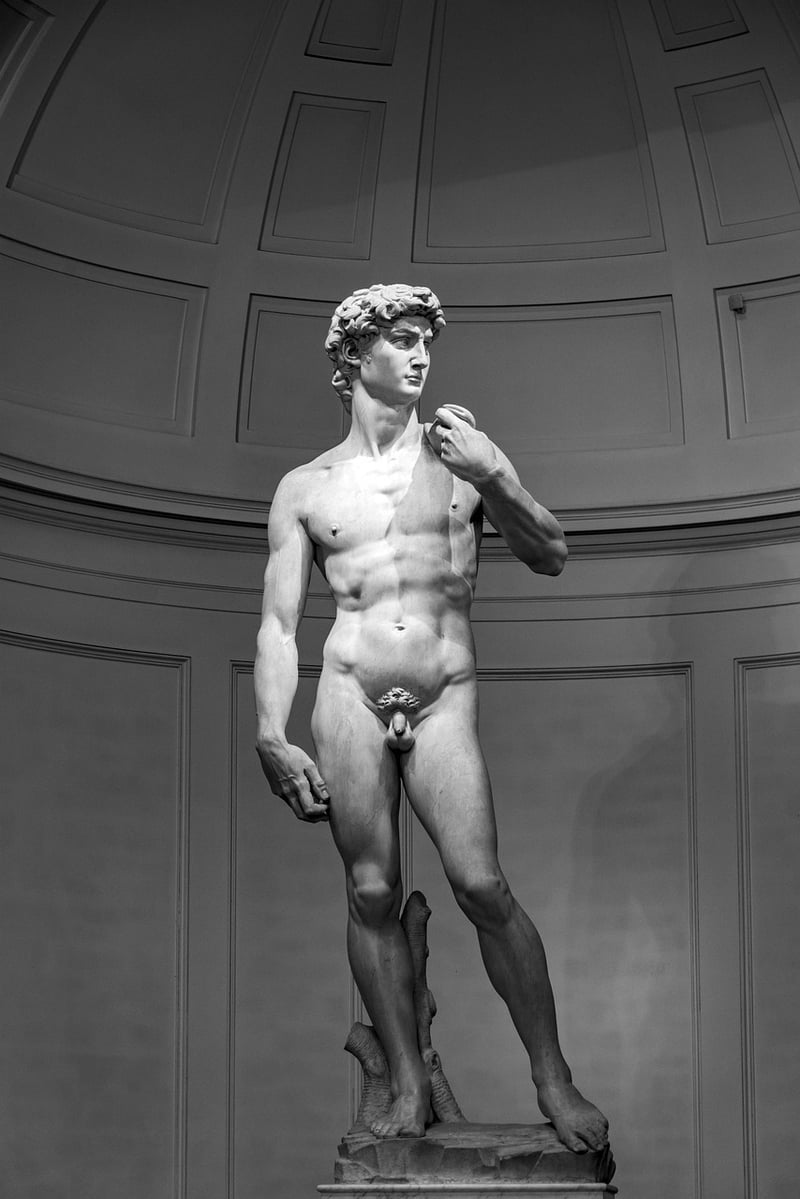
Architecture and Cities
Renaissance architecture is characterized by symmetry, proportion, and classical influences. Cities like Florence, Rome, and Venice showcase stunning examples of Renaissance buildings, palaces, and churches.
Florence
Florence, the birthplace of the Renaissance, is a treasure trove of artistic and architectural wonders. The Florence Cathedral, Palazzo Vecchio, and Uffizi Gallery are must-see landmarks that embody the city's rich cultural heritage.
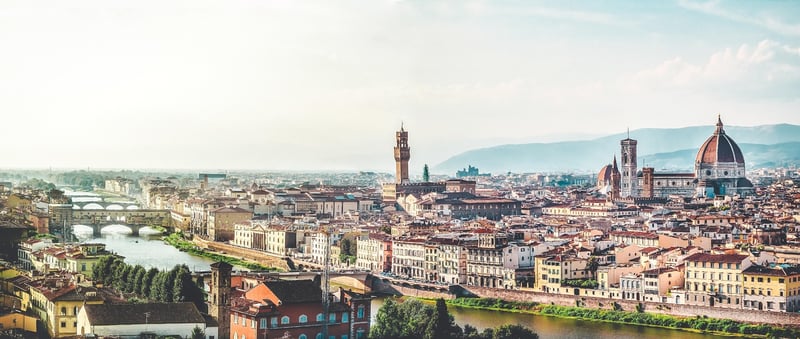
Venice
Venice, known for its canals and gondolas, boasts impressive examples of Renaissance architecture such as the Doge's Palace and St. Mark's Basilica. The city's unique charm and artistic legacy make it a top destination for history and culture enthusiasts.
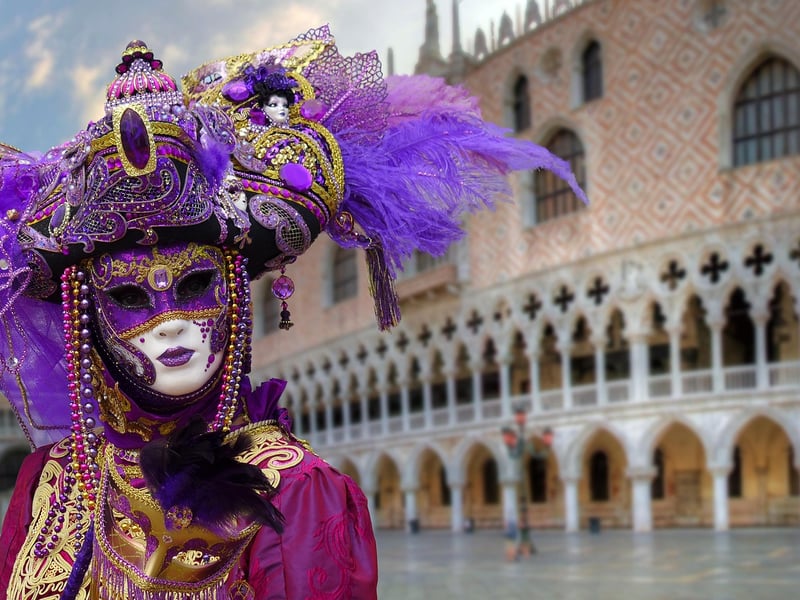
Conclusion
The Renaissance in Italy was a transformative period that left an indelible mark on art, architecture, and culture. By exploring the works of Renaissance masters and visiting historic cities, we can immerse ourselves in the beauty and innovation of this remarkable era.
Embark on your own journey through Renaissance Italy and witness the legacy of creativity and brilliance that continues to inspire generations around the world.
